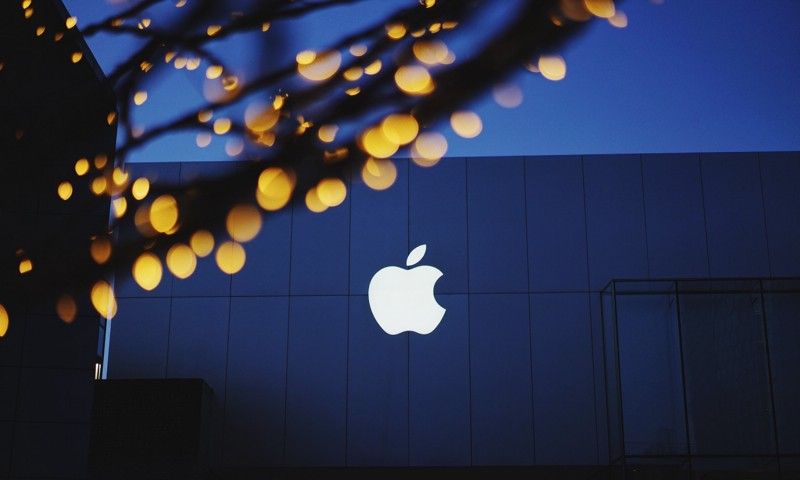Apple Needs to Rethink It’s Approach To Product Management

Technology is in a constant state of flux and companies are struggling every day to make difficult but necessary decisions to become or stay relevant — bets they are making today will make or break them tomorrow. Whether you are a large company, like Apple with lots of resources, or a tiny start-up, the speed with which a company can keep innovating is a key determinant of their future success. Do yourself a favor and watch the excellent talk by Des Traynor, co-founder of Intercom, in which he argues that “The relentless march of technological improvement means that by their very nature technology businesses fail. The minute you introduce a new product it’s becoming obsolete — someone else is working on a newer, faster, quicker way for your customers to achieve the same result”.
Given this reality, it comes as no surprise that the constant need to innovate is not limited only to start-ups but is a must for giant technology companies, such as Apple, Google and Facebook, as well. While these big companies have more resources, they can sometimes be at a disadvantage — especially when improving/iterating their existing products— as they need to consider the impact of any change on the existing client base.
For example, a feature that is only used by 1% of Microsoft Outlook users might not seem that critical. But considering there are millions of Outlook users, eliminating it would still impact a large number of people.
This is where Apple falls short compared to other major technology companies such as Amazon, Google, and Microsoft.
I always considered myself an early adopter. This is not my attempt to sound cool but rather to express my awareness that new products tend to be buggy and take a while to reach a certain level of reliable usability. I also know this is “my personal preference” and not everyone feels the same way. A close friend, for example, refuses to use any Microsoft software before it’s second major version!
I want to highlight two recent product announcements from Apple to illustrate how one should consider different product management strategies depending on what is being worked on as well as the level of innovation being introduced.
The first is Apple’s recent decision to remove the headphone jack from the iPhone 7 line, creating quite a controversy with some customers hating it and others, well not entirely hating it. While such a decision affects a large number of people, iPhone users still have a choice. They can buy into Apple’s vision and order a new iPhone, decide to wait and see by keeping their existing iPhone, or not buy into the vision at all and switch to Android.
This is a great example of Apple being Apple — making a significant bet in what they believe in, knowing well enough they will upset some of their users. But they do it in a way that users have a way out. And for their loyal customers, they make the transition as seamless as possible by providing free headphone adaptors.
The second is the new TV app that Apple released back in October 2016 which also disappointed some users who were expecting a much more innovative product from Apple.
My disappointment, however, is not that it did not go far enough but it actually was a step back.
What is worse is that I am not given a choice in the matter as the new TV app replaced the older Videos. Just check out this thread to see how some customers are frustrated that the simple act of deleting a downloaded video now takes 7 steps as opposed to two in the Video app.
Unfortunately this is not the first time that Apple took two steps forward then one step back — iCloud, Photos, and the list goes on. I understand that Apple is under a lot of pressure, especially after the loss of Steve Jobs. They are faced with the impossible predicament of not being innovative enough while being required to deliver unreasonable financial results.
This pressure, however, should not justify Apple’s approach to product management of forcing everyone to become early adopters by replacing working products with buggy alternatives while experimenting to be innovative. Can you imagine what would happen if Amazon Web Services made product decisions based on external pressure to innovate without any regard for it’s existing user base?
There are many examples of how this kind of an approach hurts technology companies in the long run. Remember BlackBerry PlayBook? Faced with intense competition from iPad and the pressure to introduce a tablet, BlackBerry released the first PlayBook without native email and calendar functionality that they were known for — users required a BlackBerry device to be able to check their emails on the PlayBook. Seems like a long while back but this happened only 6 years ago in 2011. Guess how similar decisions worked out for BlackBerry.

